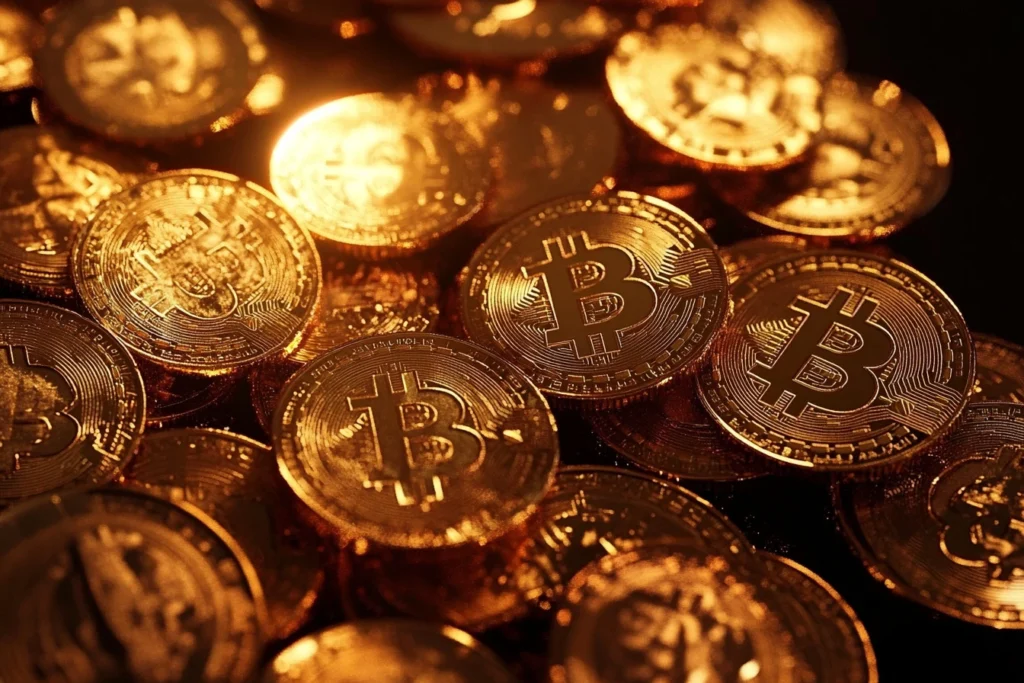Why Groceries Are So Expensive Right Now
Over the past few months, consumers have seen grocery prices rising at a rapid clip and questioned what is behind the trend. Learning the factors behind these higher prices can not only help us in budgeting but making better-educated decisions during purchase time at your local supermarket.
Supply Chain Disruptions
The ongoing disturbances in the supply chain are still one of the major defaults that resulted to increase prices at grocery stores. The other important thing is that the current pandemic exposed weaknesses in a global supply chain, ultimately resulting in an acute deficit of essential goods. Lack of labor at different points in the supply chain, transportation delays and sky-high freight costs have all resulted in on-and-off availability and higher prices.
Inflationary Pressures
Another of the key elements hitting grocery prices has been inflation . As inflation creeps up across the economy, so too have costs associated with food production, transportation and retail. These inflationary trends apply to everything from raw materials to packaging, forcing retailers to push these costs on through the value chain.
Increased Demand
This sharp increase in food prices has come just as demand for basics is on the rise. Because of the concerns for health and changing life styles, these days a lot many people have come forward to cook themselves. This increased demand in turn only compounds supply chain stress as suppliers battle to keep up with the unexpected jump in consumption.
Labor Shortages
Sky-rocketing farm prices have also been caused by a scarcity of cotton pickers. And with fewer workers to plant and then harvest everything, that could mean lower yields of fresh food–and less supply. Such restricted supplies can lead to food price inflation and hit consumer grocery bills.
Climate Change Impact
Climate change is real and the effects are becoming more apparent as food production around world takes a hit. Droughts and floods are examples of extreme weather events that can have a major impact on crop yields and livestock productivity. The resulting disruptions reduce supply and raise prices accordingly in grocery stores.
Global Events
At long last, events abroad can push up food prices. Global food supply chains Monopolies make markets complicated — simple as ever for geopolitics, of course because tensions and trade disputes or natural disasters in essential production regions can affect the global food supply right. For example, conflicts can interfere with shipping to regions where they occur and prices rise worldwide.
Conclusion
Among the factors contributing to increasing grocery prices are disruptions in supply chains, inflation, a rise in demand and labor scarcity caused by climate change (and global events). Knowing these kinds of things as consumers can make it easier for us to shop to our hearts — and wallets, happiest in this current economic climate. All of this nuance leads us to become savvier consumers when it comes time to brace for the fluctuating market that is grocery shopping.




